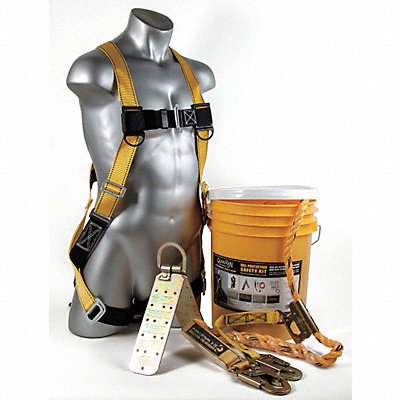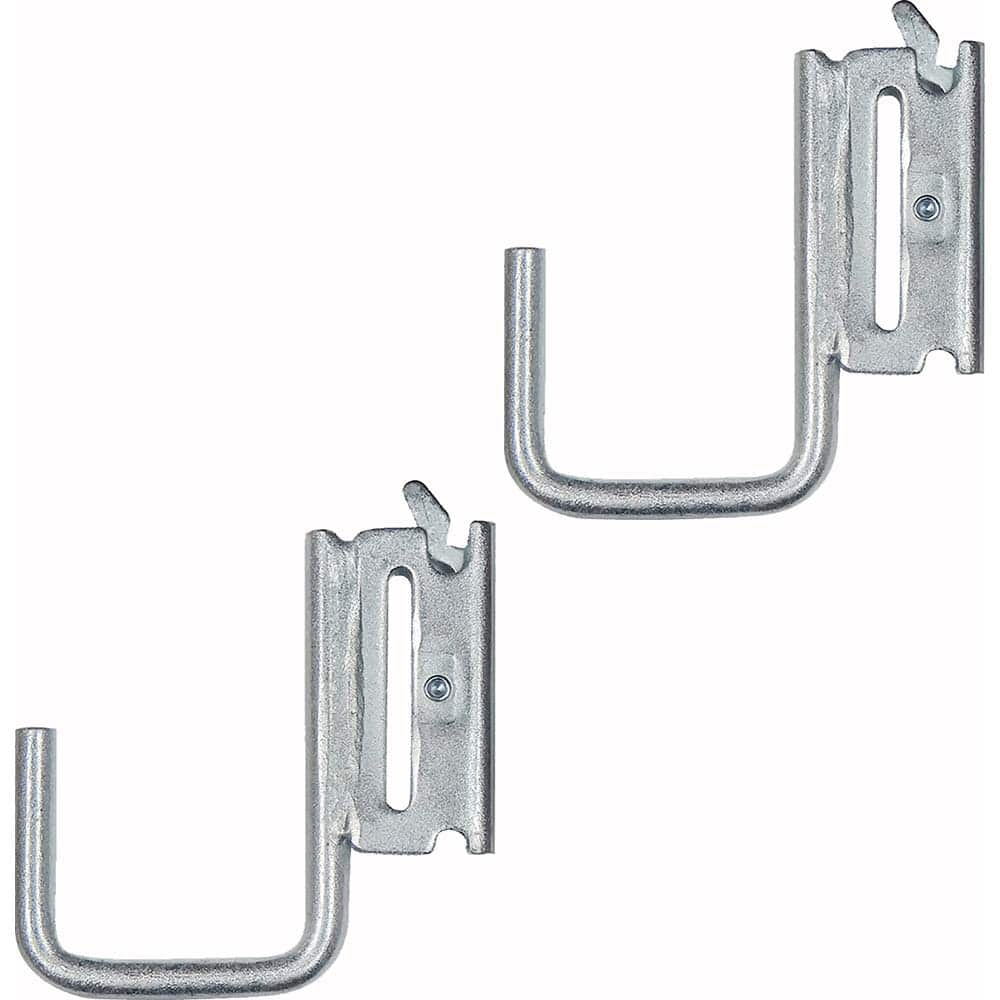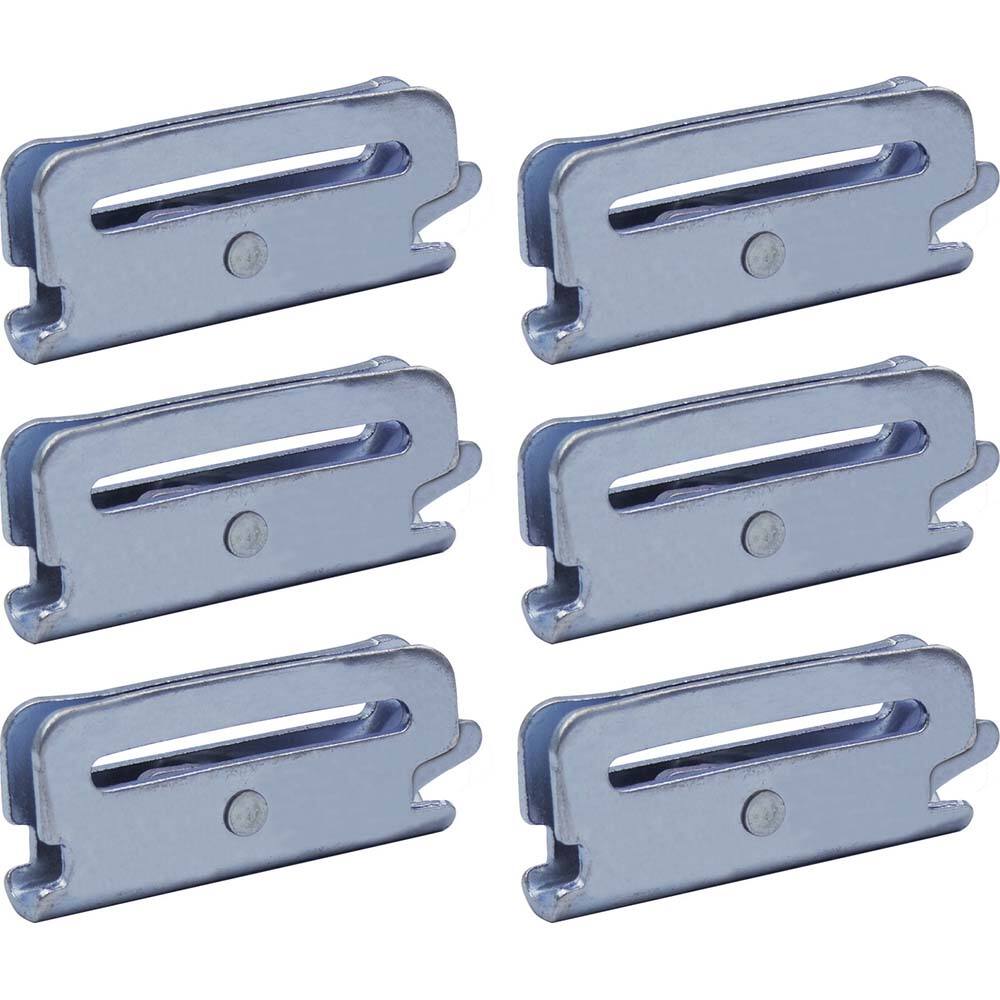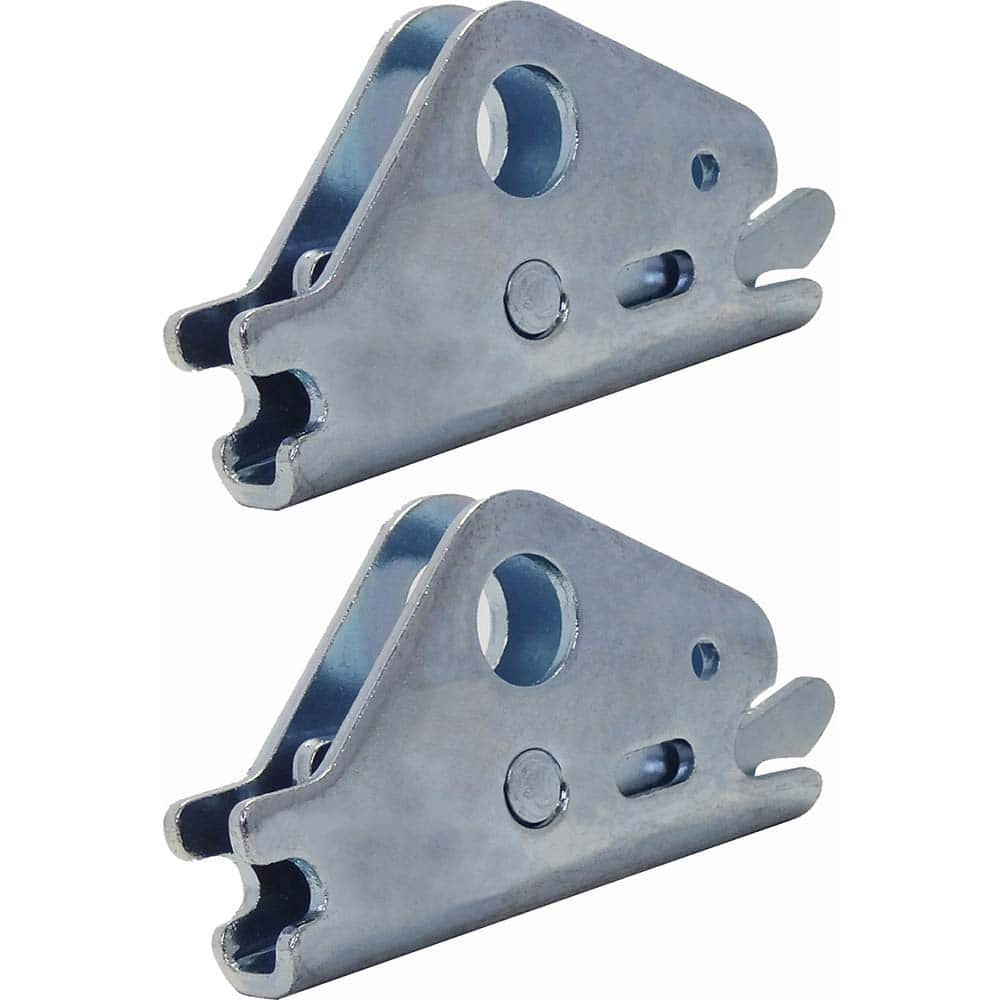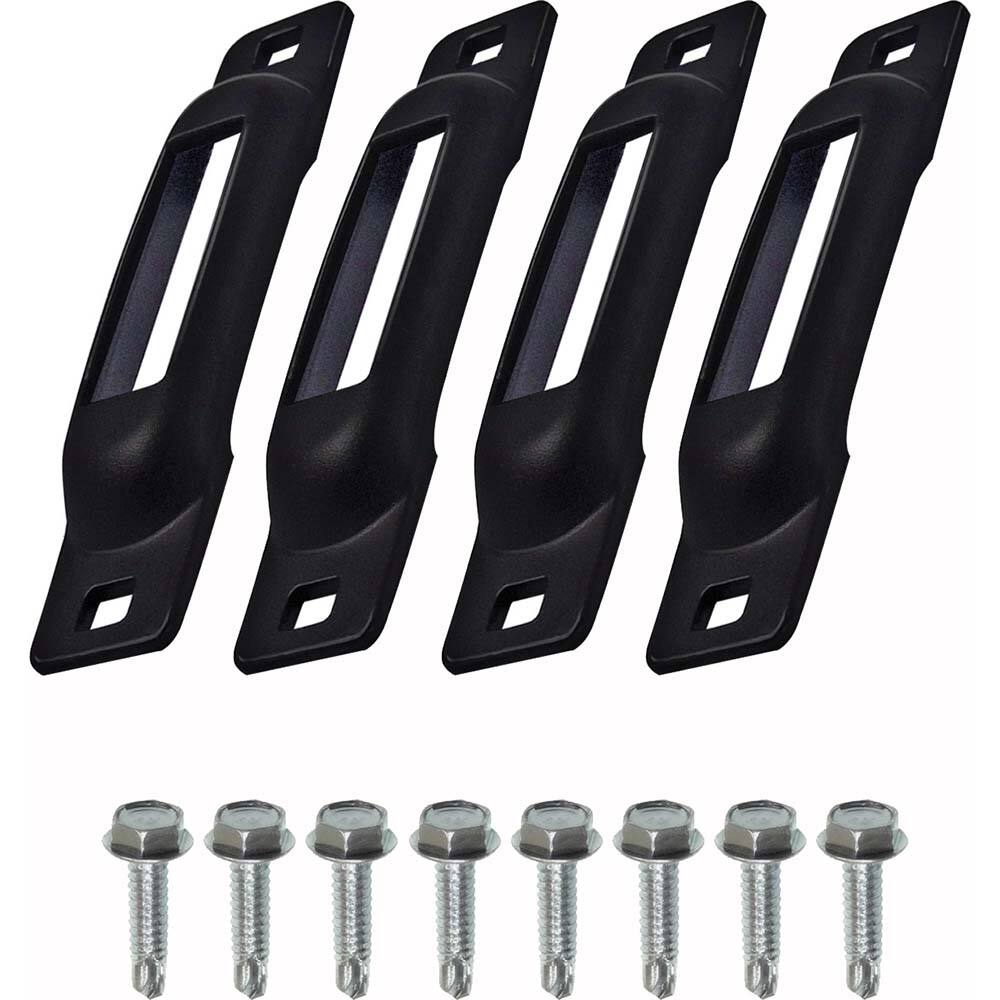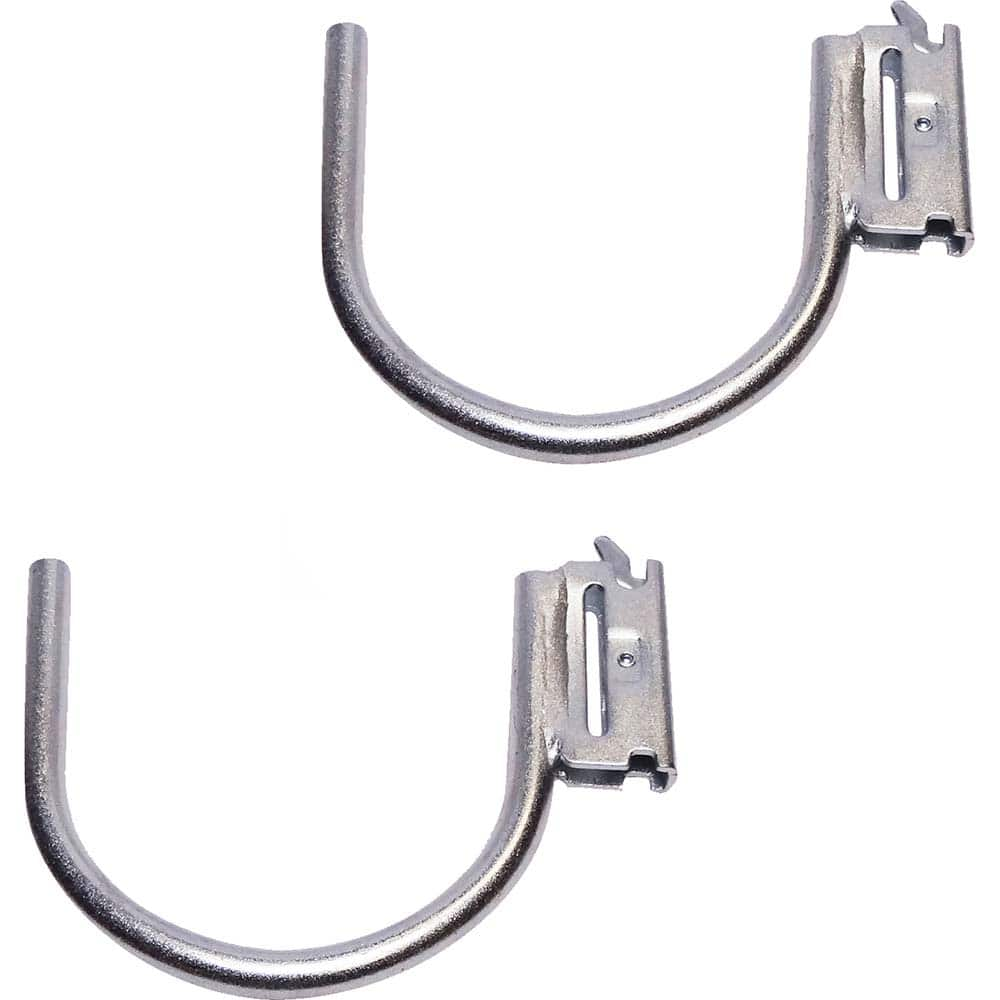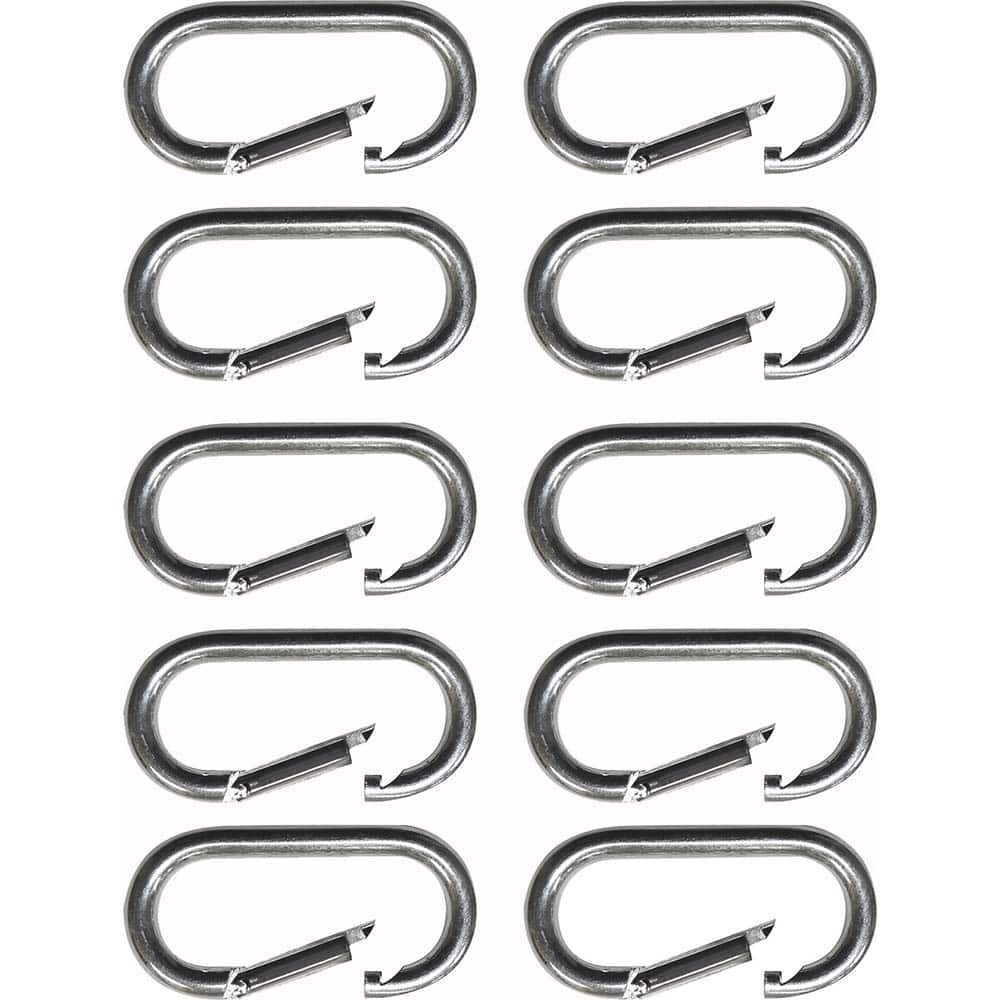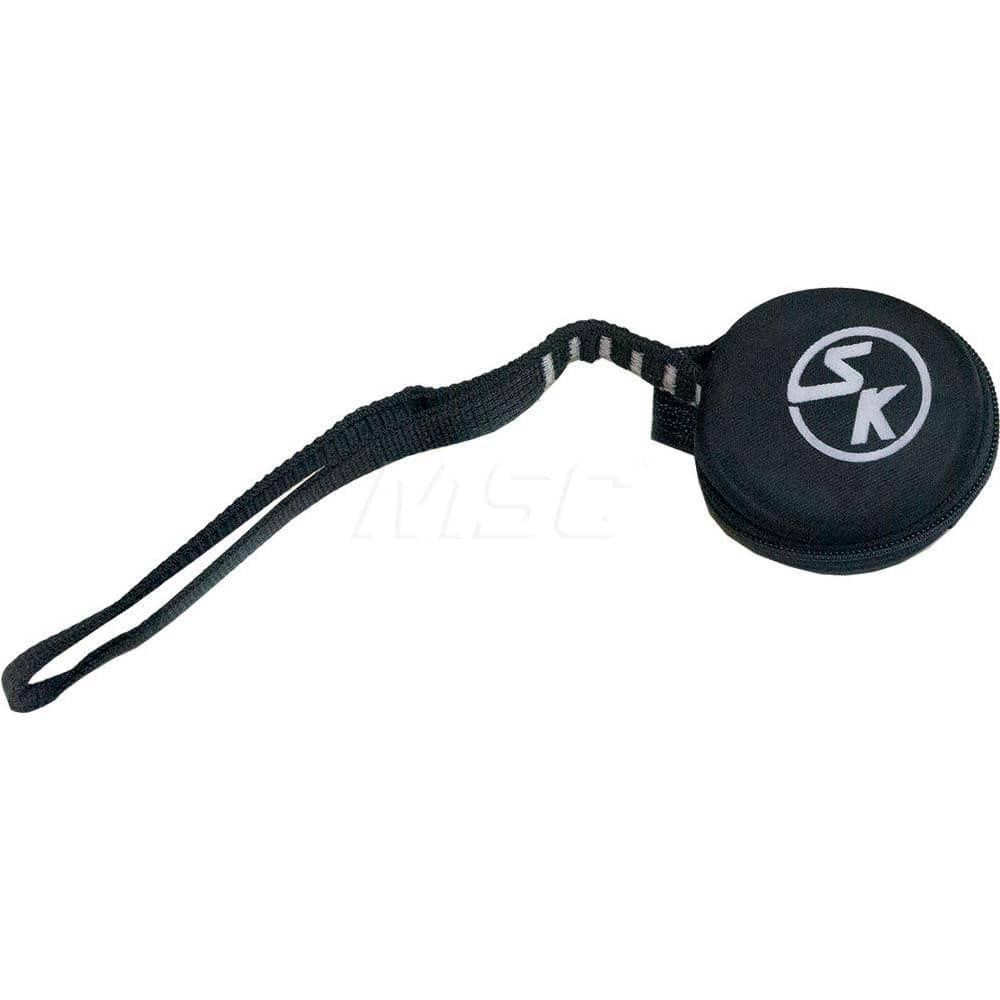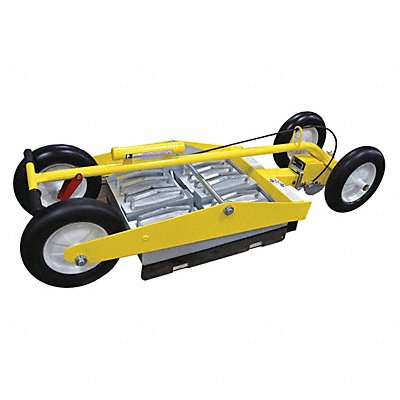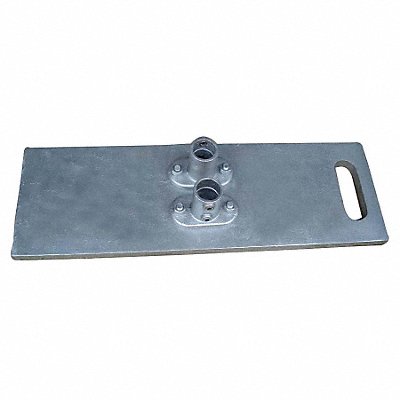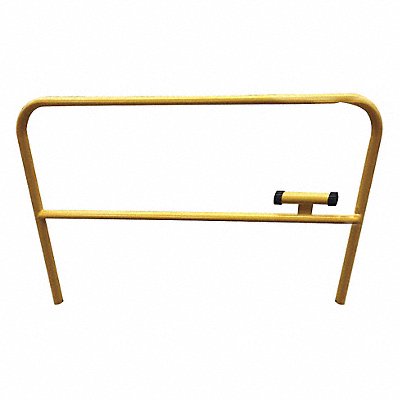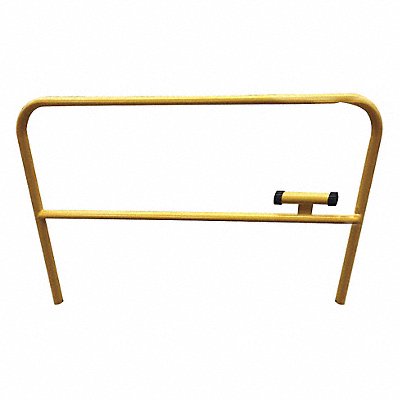Ensuring Worker Safety: Top Products and Best Practices for Fall Protection in the Workplace
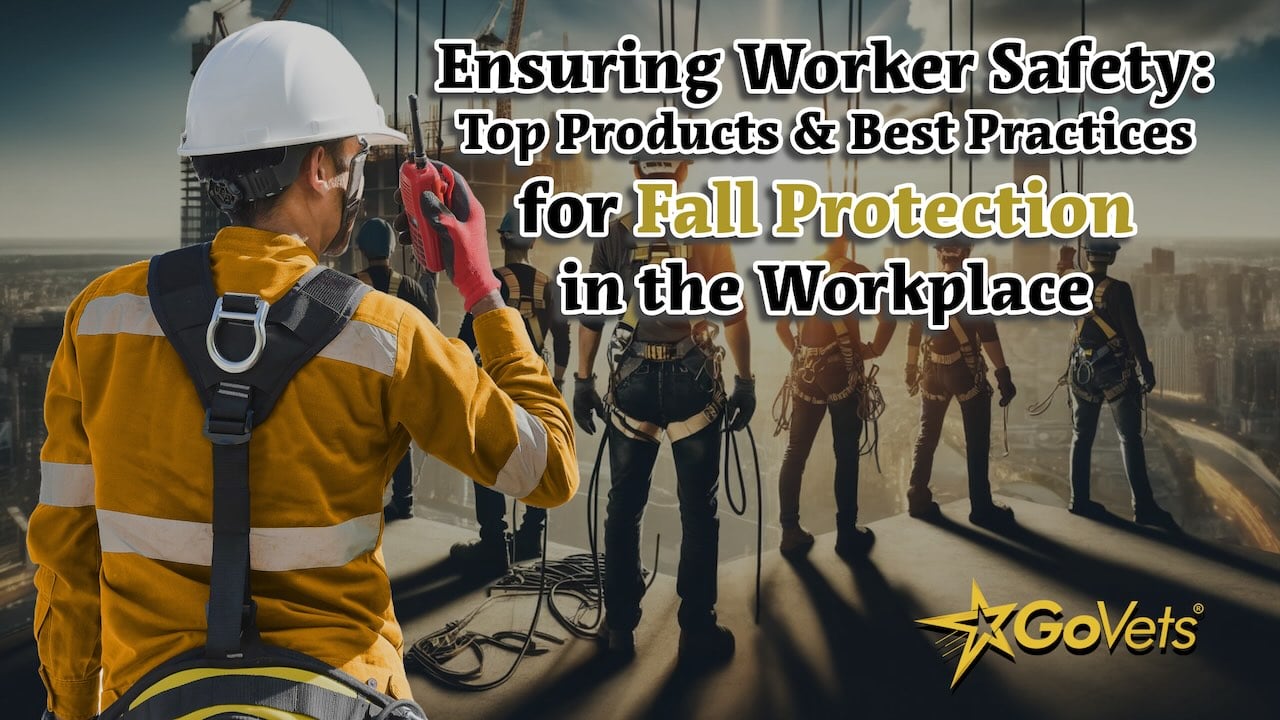
Overview
In the workplace, ensuring the safety of employees is a top priority, and fall protection is a crucial aspect of this. Falls are one of the leading causes of work-related injuries and fatalities, making it essential to have the right fall protection equipment and practices in place. This comprehensive guide will delve into the various types of fall protection equipment, their applications, benefits, FAQs, and expert product recommendations to help you safeguard your workforce.
- Fall Protection Equipment
- Typical Applications
- Top Reasons to Use Fall Protection Equipment
- Top 25 FAQs and Answers
1. Fall Protection Equipment
a. Harnesses
Harnesses are vital for personal fall arrest systems, distributing fall forces across the body to minimize injury. Popular options include full-body harnesses and safety harnesses. Typical Applications:
- Construction
- Roofing
- Window Washing
- Tower Climbing
- Industrial Maintenance
b. Lanyards
Lanyards connect the harness to an anchor point, absorbing shock during a fall. Types include retractable lanyards, rope grabs, and yo-yo fall protection devices. Typical Applications:
- Scaffolding
- Building Maintenance
- Bridge Work
- Wind Energy
- Telecommunications
c. Anchors
Anchors are fixed points for securing lanyards or lifelines, ensuring stability and safety. Options include beam clamps, roof anchors, and anchor points for concrete. Typical Applications:
- Roofing
- Steel Erection
- Confined Spaces
- Crane Work
- General Industry
d. Fall Arrest Systems
These systems halt a fall, preventing the worker from hitting the ground or lower levels. Key components include lifelines, SRLs (self-retracting lifelines), and fall protection kits. Typical Applications:
- High-Rise Construction
- Utility Work
- Offshore Drilling
- Shipbuilding
- HVAC Installation
e. Guardrails
Guardrails are barriers that prevent falls by providing physical barriers along edges. They are essential in areas such as scaffolds, leading edges, and skylights. Typical Applications:
- Construction Sites
- Loading Docks
- Elevated Platforms
- Walkways
- Roof Edges
2. Typical Applications
a. Construction:
Fall protection equipment is crucial in the construction industry, where workers frequently operate at heights. Harnesses, lanyards, and fall arrest systems are essential to protect workers on scaffolds, ladders, and roofs. Guardrails and safety nets provide additional protection around open edges and elevated platforms. By implementing these measures, construction companies can significantly reduce the risk of falls and ensure compliance with OSHA regulations. Regular training and inspections are also vital to maintaining a safe work environment.
b. Oil and Gas:
The oil and gas industry involves numerous tasks that require working at heights, such as drilling, maintenance, and inspection of rigs and platforms. Fall protection equipment, including harnesses, lifelines, and anchors, is necessary to safeguard workers in these environments. Additionally, the use of passive fall protection systems, such as guardrails and safety gates, helps to create a safer workplace. Proper training and certification ensure that employees are competent in using fall protection equipment and can respond effectively in emergency situations.
c. Telecommunications:
Telecommunications workers often climb towers and poles to install and maintain equipment. Fall protection harnesses, lanyards, and anchorage points are critical for their safety. Self-retracting lifelines (SRLs) provide additional security by limiting the distance a worker can fall. Regular inspections and maintenance of fall protection equipment are essential to ensure its reliability. Training programs and toolbox talks help reinforce the importance of fall protection and keep safety top of mind for all employees.
d. Manufacturing:
In manufacturing facilities, workers may need to access elevated areas for maintenance, inspections, or repairs. Fall protection measures, such as harnesses, guardrails, and safety nets, are necessary to prevent accidents. Implementing a fall protection plan that includes regular equipment checks, training sessions, and emergency procedures can significantly enhance workplace safety. Employers must also ensure that fall protection equipment is easily accessible and that employees are trained in its proper use.
e. Warehousing:
Warehousing operations often involve working at heights, such as on mezzanines or elevated storage areas. Fall protection systems, including harnesses, lanyards, and guardrails, are essential to prevent falls. Regular inspections and maintenance of fall protection equipment help ensure its effectiveness. Providing employees with comprehensive training on fall protection practices and the correct use of equipment is crucial for maintaining a safe working environment. Employers should also encourage a culture of safety where workers feel comfortable reporting hazards or safety concerns.
3. Top Reasons to Use Fall Protection Equipment
a. Prevents serious injuries and fatalities:
Fall protection equipment is designed to prevent workers from falling from heights, which can result in severe injuries or death. By using harnesses, lanyards, and other fall protection devices, employers can protect their employees from potentially life-threatening accidents. Implementing these safety measures demonstrates a commitment to employee well-being and helps to maintain a safe work environment.
b. Complies with OSHA regulations:
The Occupational Safety and Health Administration (OSHA) mandates the use of fall protection in workplaces where employees are exposed to fall hazards. Compliance with these regulations is not only a legal requirement but also a moral obligation to ensure the safety of workers. Failure to comply with OSHA standards can result in hefty fines and legal consequences for employers. Regular training and adherence to safety protocols help companies meet regulatory requirements and avoid penalties.
Enhances worker confidence and productivity:
When employees feel safe, they are more likely to be productive and focused on their tasks. Fall protection equipment provides workers with the confidence that they are protected from fall hazards, allowing them to perform their duties without fear. This boost in morale can lead to increased efficiency and higher quality work. Employers who prioritize safety create a positive work environment where employees feel valued and motivated.
Reduces liability and potential legal costs:
Workplace accidents can result in significant financial burdens for companies, including medical expenses, workers' compensation claims, and potential lawsuits. By implementing effective fall protection measures, employers can reduce the likelihood of accidents and minimize their liability. Investing in fall protection equipment and training can save companies money in the long run by preventing costly accidents and legal disputes.
Promotes a culture of safety within the organization:
Prioritizing fall protection fosters a culture of safety where employees are encouraged to take an active role in maintaining a safe work environment. Regular training sessions, safety meetings, and open communication about hazards help to reinforce the importance of safety. When safety becomes a core value, employees are more likely to adhere to protocols and look out for one another. This collective commitment to safety benefits the entire organization and contributes to a positive workplace culture.
4. Top 25 FAQs and Answers
-
What standards should fall protection equipment meet?
- Fall protection equipment should comply with OSHA and ANSI standards to ensure safety and reliability.
-
How often should fall protection equipment be inspected?
- Inspect fall protection equipment before each use and periodically according to the manufacturer’s guidelines.
-
Can fall protection equipment be used in all weather conditions?
- Yes, but ensure the equipment is rated for the specific weather conditions to maintain its effectiveness.
-
Are there weight limits for fall protection equipment?
- Yes, typically around 310 pounds, including tools and gear, but always check the manufacturer's specifications.
-
What is the lifespan of fall protection equipment?
- The lifespan is typically 5 years, but it should be inspected regularly for wear and damage to ensure safety.
-
Can harnesses be worn over clothing?
- Yes, harnesses are designed to be worn over work clothing for comfort and convenience.
-
Do lanyards have shock absorbers?
- Many lanyards include shock absorbers to reduce the impact force during a fall, enhancing safety.
-
How should fall protection equipment be cleaned?
- Clean with mild soap and water, and avoid using harsh chemicals that can degrade the materials.
-
Are there specific harnesses for different jobs?
- Yes, there are harnesses designed for specific tasks such as construction, rescue, and tower climbing to meet job-specific needs.
-
What is the proper way to store fall protection equipment?
- Store equipment in a cool, dry place away from direct sunlight and chemicals to prevent damage and degradation.
-
How often should fall protection training be conducted?
- Training should be conducted regularly, typically annually, and whenever new equipment or procedures are introduced.
-
Is fall protection required on ladders?
- Yes, fall protection is required when working on ladders at heights above a specified threshold, usually 6 feet or more.
-
What is a fall protection plan?
- A fall protection plan is a detailed strategy outlining the procedures and equipment used to protect workers from fall hazards.
-
Are there fall protection anchor point requirements?
- Yes, anchor points must be capable of supporting at least 5,000 pounds per attached worker or meet a safety factor of two under a qualified person’s supervision.
-
What are passive fall protection systems?
- Passive fall protection systems, such as guardrails and safety nets, do not require active involvement from the worker and provide continuous protection.
-
What is the difference between a harness and a lanyard?
- A harness is worn by the worker to distribute fall forces, while a lanyard connects the harness to an anchor point or lifeline.
-
Can fall protection equipment be used after a fall?
- No, equipment involved in a fall should be removed from service and inspected by a qualified person before reuse.
-
Are there specific regulations for fall protection on scissor lifts?
- Yes, fall protection is required on scissor lifts when working at certain heights, and equipment must meet specific standards.
-
How long is fall protection training valid?
- Fall protection training is typically valid for one year, but refresher courses may be required more frequently based on job complexity and risks.
-
Can fall protection equipment be shared among workers?
- While equipment can be shared, it must be inspected before each use and properly adjusted for each worker to ensure safety.
-
What are the top add-ons for fall protection equipment?
- Common add-ons include tool lanyards, suspension trauma straps, hard hat lights, and protective eyewear to enhance safety and convenience.
-
What should be included in a fall protection rescue plan?
- A rescue plan should include procedures for quickly and safely retrieving a fallen worker, the equipment needed for rescue, and trained personnel to execute the plan.
-
Are there fall protection systems for low-slope roofs?
- Yes, there are specific systems designed for low-slope roofs, including warning line systems, safety monitors, and guardrails.
-
What is the hierarchy of fall protection?
- The hierarchy includes eliminating hazards, using passive systems, employing fall restraint systems, and finally, using fall arrest systems as a last resort.
-
Can fall protection equipment be used with other personal protective equipment (PPE)?
- Yes, fall protection equipment is designed to be compatible with other PPE such as hard hats, gloves, and safety glasses to provide comprehensive protection.










